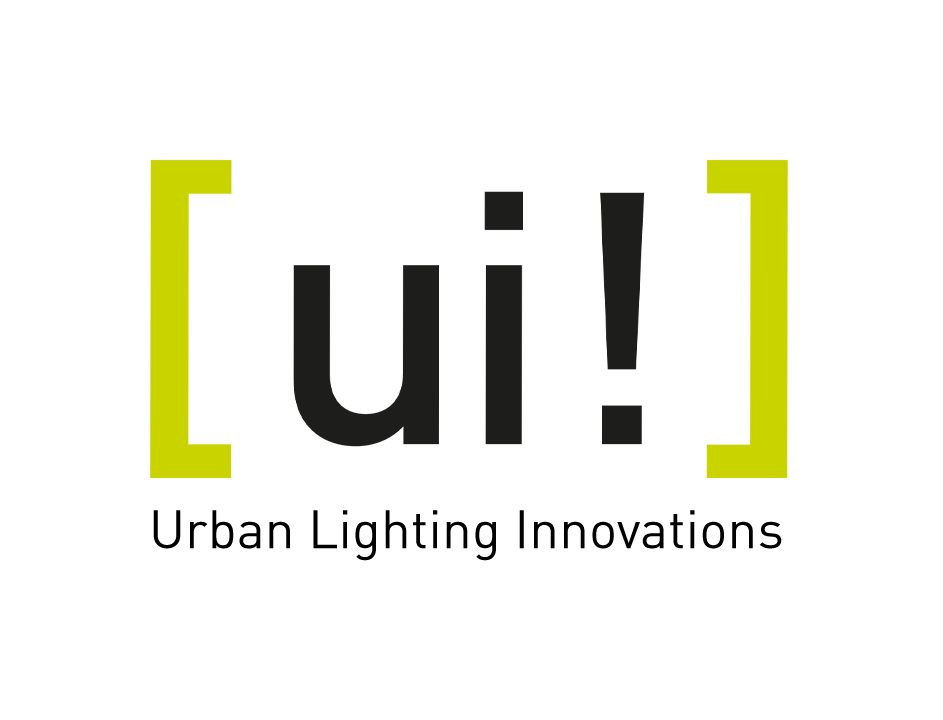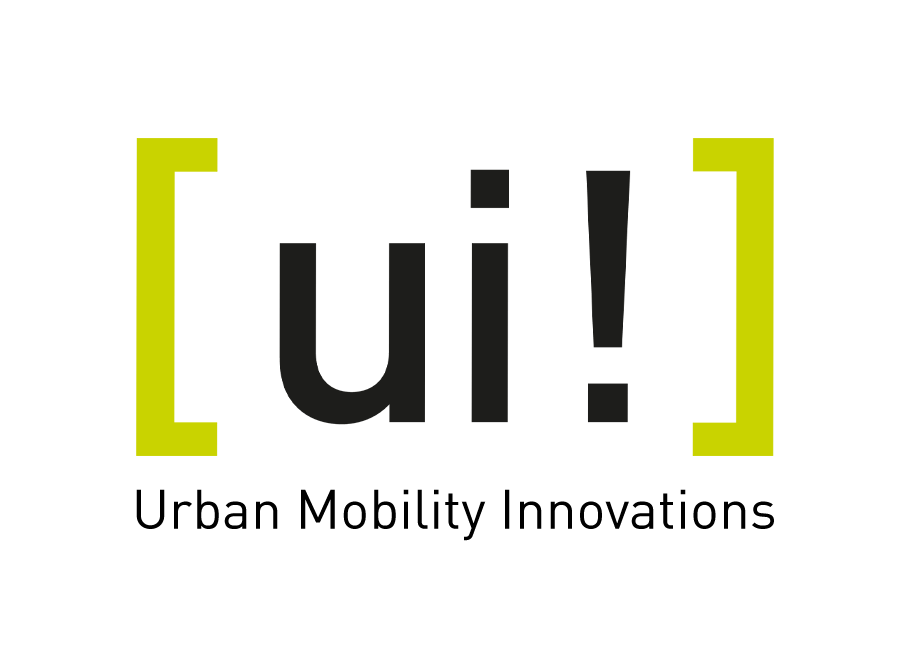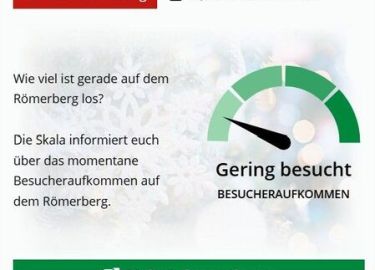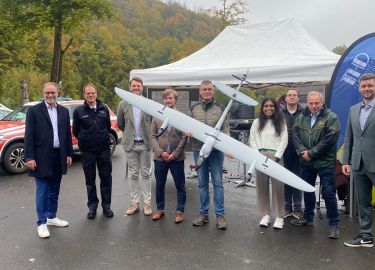First REGIONAL Open Data Platform
[ui!] supports KAAW in providing the first Open REGIONAL Data Platform for its association members.
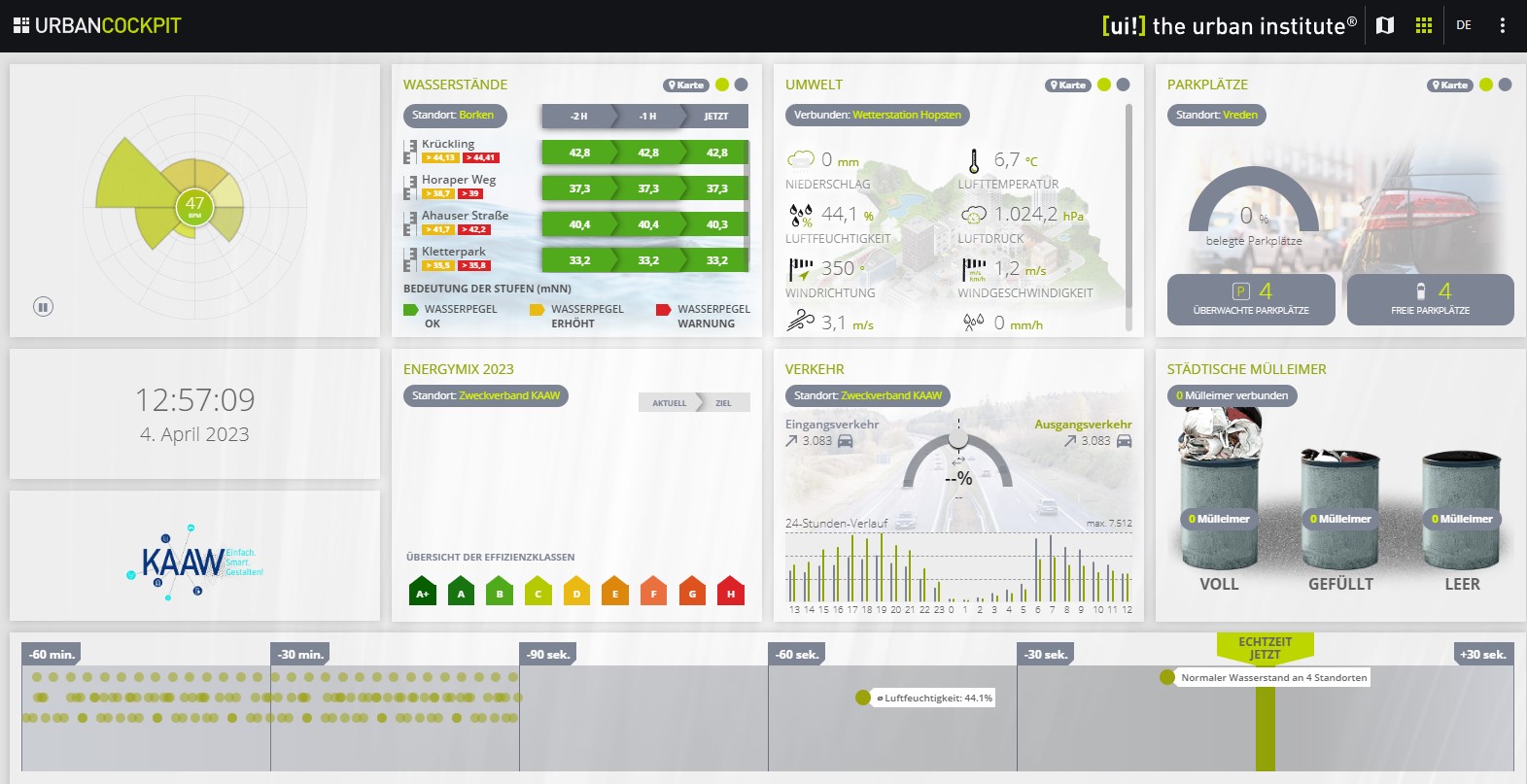
After a successful two-year pilot, the provision of an open urban data platform as an offering for municipalities has now been added to the portfolio of offerings of the Zweckverband Kommunale ADV-Anwendergemeinschaft West (KAAW).
KAAW is a special-purpose municipal association consisting of 50 member municipalities and supports them as an IT service provider in the implementation of measures within the framework of the digitization of administration required by the federal and state governments.
In February 2022, the Competence Center SmartCity (CC SmartCity) was founded to support the association members on their way to becoming a smart region or smart city and to strengthen them in the area of smart urban development.
The Competence Center pursues an intermunicipal approach that enables many individual municipalities in joint cooperation, even as a smaller municipality with a smaller budget, to tackle the important requirements for cities and regions ranging from climate protection, crisis management, inclusion and integrity to globalization together with other municipalities in the region. The top priority in all measures is the benefit for the citizens within the KAAW association area.
The municipalities participating in CC SmartCity have the opportunity to develop solutions through an active exchange of knowledge and experience between the various stakeholders and to serve as a beacon for other municipalities.
For the first time, existing and new regional data from the various participating municipalities will be centrally collected, analyzed, networked and made available for further use (such as for visualization).
As a basis for this project, an open urban data platform was created in cooperation with the [ui!] Urban Software Institute, which analyzes and structures the collected raw data and provides concrete knowledge information from it, which is vividly visualized by means of a [ui!] COCKPIT. You can get an impression of this at https://kaaw.urbanpulse.de.
The collected knowledge, which will be made available in the future by means of the open regional data platform and displayed on the COCKPIT, comes from the fields of action administration, mobility, environment and climate, energy, supply and disposal, culture and education, logistics, rescue and disaster control, trade, inner city and tourism as well as economy, research and development.
In concrete terms, information such as current environmental data, the utilization of parking spaces, commuter traffic, current energy data of the KAAW member municipalities and, for the purpose of optimizing the travel routes of public works employees, the filling levels of municipal waste garbage cans will be displayed in the future. Further displays in the form of tiles are planned and will follow.
Marcus Egelkamp, Managing Director of KAAW, is convinced of the possibilities offered by the use of the regional data platform: "We are looking forward to further cooperation with the [ui!] Urban Software Institute and together we would like to take an important step towards homogeneity in terms of municipal data and thus further expand and strengthen inter-municipal cooperation."
The managing director of [ui!], Prof. Dr. Dr. e.h. Lutz Heuser, is also looking forward to the cooperation: "Smaller municipalities in a region now have the opportunity to jointly use their collected data through the KAAW offering by using an Open Regional Data Platform."
It should be emphasized that the initiative of the KAAW and the CC SmartCity from the municipal special-purpose association was carried out independently, without any support from the federal government or the state.
The lighthouse project is intended to motivate other regions to set out on the path to becoming a smart region or smart city, even if no funding is available.
Especially in the current situation, there is no time to lose in the urgently needed creation of concrete added value through the digitization of municipal and regional infrastructures.




